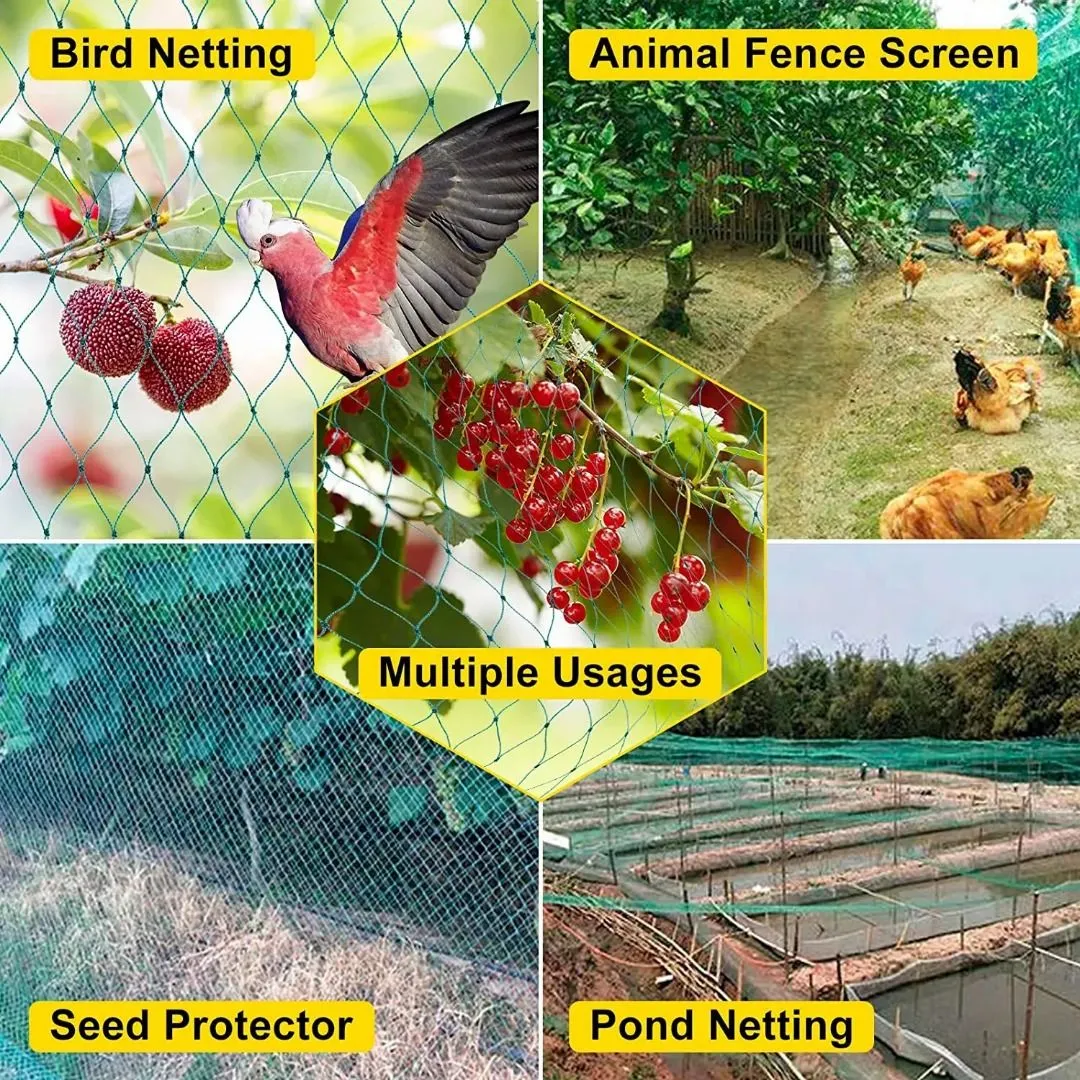-
 Afrikaans
Afrikaans -
 Albanian
Albanian -
 Amharic
Amharic -
 Arabic
Arabic -
 Armenian
Armenian -
 Azerbaijani
Azerbaijani -
 Basque
Basque -
 Belarusian
Belarusian -
 Bengali
Bengali -
 Bosnian
Bosnian -
 Bulgarian
Bulgarian -
 Catalan
Catalan -
 Cebuano
Cebuano -
 China
China -
 Corsican
Corsican -
 Croatian
Croatian -
 Czech
Czech -
 Danish
Danish -
 Dutch
Dutch -
 English
English -
 Esperanto
Esperanto -
 Estonian
Estonian -
 Finnish
Finnish -
 French
French -
 Frisian
Frisian -
 Galician
Galician -
 Georgian
Georgian -
 German
German -
 Greek
Greek -
 Gujarati
Gujarati -
 Haitian Creole
Haitian Creole -
 hausa
hausa -
 hawaiian
hawaiian -
 Hebrew
Hebrew -
 Hindi
Hindi -
 Miao
Miao -
 Hungarian
Hungarian -
 Icelandic
Icelandic -
 igbo
igbo -
 Indonesian
Indonesian -
 irish
irish -
 Italian
Italian -
 Japanese
Japanese -
 Javanese
Javanese -
 Kannada
Kannada -
 kazakh
kazakh -
 Khmer
Khmer -
 Rwandese
Rwandese -
 Korean
Korean -
 Kurdish
Kurdish -
 Kyrgyz
Kyrgyz -
 Lao
Lao -
 Latin
Latin -
 Latvian
Latvian -
 Lithuanian
Lithuanian -
 Luxembourgish
Luxembourgish -
 Macedonian
Macedonian -
 Malgashi
Malgashi -
 Malay
Malay -
 Malayalam
Malayalam -
 Maltese
Maltese -
 Maori
Maori -
 Marathi
Marathi -
 Mongolian
Mongolian -
 Myanmar
Myanmar -
 Nepali
Nepali -
 Norwegian
Norwegian -
 Norwegian
Norwegian -
 Occitan
Occitan -
 Pashto
Pashto -
 Persian
Persian -
 Polish
Polish -
 Portuguese
Portuguese -
 Punjabi
Punjabi -
 Romanian
Romanian -
 Russian
Russian -
 Samoan
Samoan -
 Scottish Gaelic
Scottish Gaelic -
 Serbian
Serbian -
 Sesotho
Sesotho -
 Shona
Shona -
 Sindhi
Sindhi -
 Sinhala
Sinhala -
 Slovak
Slovak -
 Slovenian
Slovenian -
 Somali
Somali -
 Spanish
Spanish -
 Sundanese
Sundanese -
 Swahili
Swahili -
 Swedish
Swedish -
 Tagalog
Tagalog -
 Tajik
Tajik -
 Tamil
Tamil -
 Tatar
Tatar -
 Telugu
Telugu -
 Thai
Thai -
 Turkish
Turkish -
 Turkmen
Turkmen -
 Ukrainian
Ukrainian -
 Urdu
Urdu -
 Uighur
Uighur -
 Uzbek
Uzbek -
 Vietnamese
Vietnamese -
 Welsh
Welsh -
 Bantu
Bantu -
 Yiddish
Yiddish -
 Yoruba
Yoruba -
 Zulu
Zulu
hail netting for vineyards
Hail Netting for Vineyards Protecting Grapes from Nature's Fury
As vineyards continue to expand across regions known for their wine production, the challenges posed by adverse weather conditions, particularly hail storms, have become increasingly significant. Hail can devastate grape crops, leading to substantial economic losses, diminished wine quality, and increased production costs. To combat these threats, vineyard owners are turning to hail netting—a protective measure that not only safeguards grapes but also ensures the long-term viability of wine production in vulnerable areas.
Understanding Hail Damage
Hailstones, depending on their size, can cause severe damage to vines and their grapes. A typical hailstorm can result in broken vines, bruised fruit, and even destroyed rows of crops. Such destruction often leads to a complete loss of the harvest for that season, creating a ripple effect that can impact local economies reliant on viticulture. The unpredictability of hail storms, particularly in regions prone to such weather, emphasizes the necessity for effective protective solutions.
What is Hail Netting?
Hail netting, as its name suggests, involves the installation of mesh nets over vineyards to protect vines and fruit from hail. These nets are designed to be lightweight yet strong enough to withstand the impact of hailstones while allowing sunlight, air, and rain to reach the vines. Typically made from high-density polyethylene (HDPE), hail nets come in various sizes and strengths to cater to different vineyard requirements.
Benefits of Hail Netting
1. Protection from Damage The foremost benefit of hail netting is the direct protection it offers against hailstorms. By absorbing the impact of falling hail, these nets can prevent physical damage to both mature vines and developing grapes.
hail netting for vineyards

2. Economic Viability The implementation of hail netting can be a long-term financial investment. While the initial installation cost may be significant, the protection it offers can save vineyard owners from the devastating financial implications of a hail loss. A single hail event can wipe out an entire harvest, whereas the netting can help ensure consistent yields year after year.
3. Quality Preservation Grapes that are protected from hail damage tend to maintain higher quality, which is crucial for winemaking. Bruised or damaged grapes not only yield less product but can also affect the taste and character of the wine produced, harming a vineyard’s reputation.
4. Versatile Applications Beyond hail protection, the nets can also serve to deter birds and larger pests from feasting on grapes. This multifaceted approach to vineyard management minimizes the need for additional pest control measures, further reducing costs.
Challenges and Considerations
While hail netting offers significant benefits, vineyard owners must consider several factors before installation. The initial setup costs can be high, especially for large vineyards, and the durability of the nets can vary based on material and weather conditions. Regular maintenance is required to ensure the nets remain intact and effective, which adds to labor costs.
Additionally, vineyard layout plays a crucial role in the decision-making process. Effective coverage requires careful planning to ensure that the nets can be adequately placed without impacting growth or maintenance activities. Furthermore, local climate conditions should be assessed to determine the ideal type and strength of netting material.
Conclusion
As climate unpredictability becomes a norm, hail netting presents a practical solution for vineyards facing the threat of hail damage. By investing in protective netting, vineyard owners can not only safeguard their crops but also ensure the economic sustainability of their businesses. The benefits far outweigh the costs, as the protection offered by hail nets translates to healthier vines, higher-quality grapes, and ultimately, fine wines. In a world where weather is increasingly volatile, hail netting stands out as a proactive approach to safeguard the future of viticulture.
-
Shipping Plastic Bags for Every NeedNewsJul.24,2025
-
Safety Netting: Your Shield in ConstructionNewsJul.24,2025
-
Plastic Mesh Netting for Everyday UseNewsJul.24,2025
-
Nylon Netting for Every UseNewsJul.24,2025
-
Mesh Breeder Box for Fish TanksNewsJul.24,2025
-
Expanded Steel Mesh Offers Durable VersatilityNewsJul.24,2025











